The Hungarian description of the show If You Could See Me Now says:
“Arno Schuitemaker is originally an aeronautical engineer, which makes his choreographies to be always led by rationality. He creates the perfect abstraction in a pure mathematical language. The dancers impress the audience with movements consisting of a lot of repetitions.”
Have you ever wanted to talk to someone who indeed fulfilled everyone’s contradictory childhood dreams within one single life? Well, here he is!
Do you agree with the description mentioned above?
The first part is true, I indeed have a master’s degree in science from the University of Technology. As for introducing the show, I think it is a great depiction of one aspect, but not of the whole complex picture. On the surface, there is indeed a formal approach to movement and the structure of the performance. You can see a certain amount of rationality there. But that’s not everything. Underneath that, there is also a whole world of emotion and physical sensations. And that’s what it’s really about if you let yourself be immersed by it, if you absorb it all. I guess that speaks about life, which is partly a rational experience, but partly sensorial and emotional. So for me, is it possible to separate the fact that the piece has a rational structure, all scripted, and so on. But if you start to speak about bigger things, then you see beyond the surface and get a little bit further than what you think you see.
How did you, an aeronautical engineer, end up in the world of contemporary dance?
My first encounter with dance was kind of out of coincidence. I went to see a dance performance when I was still a student, and that experience had such an overwhelming effect on me that I was completely surprised by that. Afterwards, I did go and see almost every single dance performance I could. Then my life gradually moved in that direction. It was like: OK, I’ll take a class. Then: I’ll take several classes a week. Then: I’ll go to an audition. And at one point I confronted myself with the question: when I get older and look back on my life, would I regret that I didn’t go to study dance when I had the opportunity…? The answer was yes, so when I graduated as an engineer with 25 years, I almost immediately started my studies in contemporary dance. I just knew I needed to try it. And that’s how I became a choreographer.
Did you want to be a choreographer initially, or did you become one because you were 25 already, “too old” for the initial phase of a dancer career?
I have performed in my own work and I might do this again in the future. But I had a much deeper interest in creating than performing. I have this urge to make things. And that has always been stronger than the need to be on the stage myself. But having said that, I’m actually toying with the idea of getting back on stage in the future. Performing is nice, yeah, but to be on the creative side has always been much more the core of my interest.
This show is the third part of a trilogy, and all parts (this and this) have been performed in the Trafó earlier. How do these relate to each other?
What unites the three performances is the fact that they all feature three dancers. But the way they are on stage, and the way the performance involves the audience is radically different for all three. You don’t need to see the former two, these are all performances that stand on themselves. There is a thread of thoughts that you can follow if you see all three, but that’s optional. If You Could See Me Now is possibly the most complex and richest work, which has accumulated all the insights of the other productions, too.
Is there any storyline, either within the individual pieces or throughout the three pieces?
Not really. They all have their unique essence; what combines them is that they all work with a very strong integration of movements, originally composed music score, and light. From all three shows, the way we use light is the most intense and impactful in If You Could See Me Now; it has a special influence on the stage. Also, there are other bits that make this show extraordinary. When you get in a theatre space, you have a certain expectation like ‘I go to my seat, I sit down, lights go out, performance starts’. But this is already challenged a little bit here, because there’s no clear start. Actually, the show has already started by the time the audience walks in and it transforms over time. This idea of transformation is much more at the core of this production than of the previous two. The repetition of movements, mentioned above, is also part of this: it’s a very slow transformation of movement that looks like repetition, but always on the way to the next thing. It is a way of communication with the audience, with the threefold cooperation of the dancers, the music and the light. That’s what the title reflects very well, too: If you could see me now… And now… And now…
Where did this idea come from?
Obviously, there is the ‘you’ and the ‘me’ in the title, there’s somebody else and yourself. It relates to some human relationship. In my case, it was a love relationship with someone who was quite far away. The idea of the title came actually from the experience: I was here in Amsterdam, enjoying some happy moments, and thinking: oh, if only you could see me now. If only you could just see me now. That’s the feeling I intended to bring on stage.
That’s basically the starting point or the origin of the production. But what also happens in it: there is, about halfway or two thirds of the performance, a big shift, a drastic change. Which raises even more points, like an interrogation of how you proceed in life when things take a different turn, how do you shift and realign your focus. Despite the enormous physical intense density the dancers have, they just keep going. So, the idea of perseverance and resilience is very much embodied in them. And that’s something that belongs to life, this idea of perseverance and resilience, and what you do if things unexpectedly start going in a different direction.
What was your strategy to choose all the partners you work with?
The primary choice is always about how the collaboration is going to be. Nobody works for me, they work with me. And that part is very important for the dancers, the performers on stage, that we work together in a constant interchange. Same applies to the lighting designer and the composer: it’s building on each other’s ideas and talking about them. And, where that goes is actually where the production goes. In this case, for instance, I have worked with the composer before, but as for the person who did the lights, this was our first project together. New partners always bring fresh ideas, new elements to the conversation, and we get into fresh but also deeper levels then.
How did the casting happen?
I don’t only look at the individual dancers but for the chemistry they create together. In the upcoming performance, you won’t see the original cast, unfortunately, as they’re all freelance dancers with other commitments these days. That’s life. But still, there are three male dancers in this production, and they have such a beautiful chemistry together. They’re all people that I can have a very open dialogue with. I talk about my life, about the relationship that inspired this piece, in a very open and transparent way. I show them where I am, where my questions are as a person. Because I’m opening the conversation like that, they can be open about themselves as well. And that’s a good start to create something and for communication to flow, both in the studio and on stage.
Is there still something you would like to share with the audience?
There is a difference between a performance that you look at as a representation of something, and a performance which becomes an actual experience. Where you get in the middle, get immersed by it and see how it speaks directly to you. I believe that If You Could See Me Now belongs to the latter category, and therefore it can be a unique experience.
Get your tickets here! – If You Could See Me Now on 25 and 26 September in the Trafó.

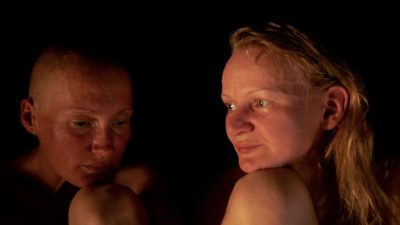
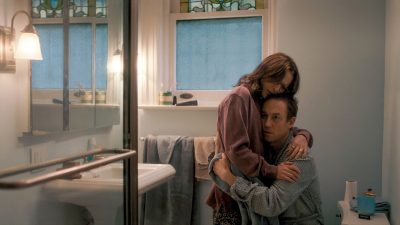
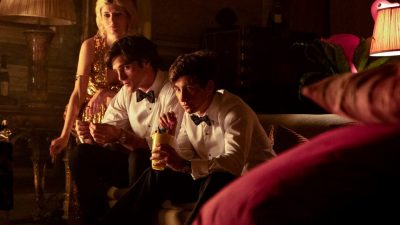
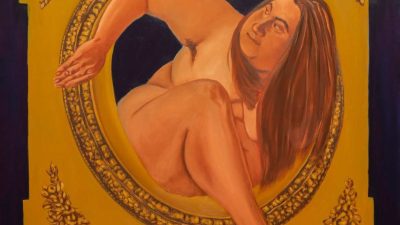
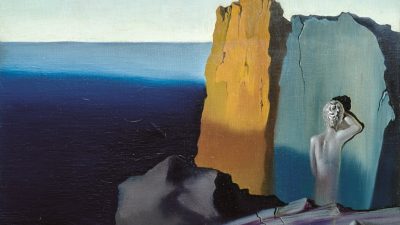
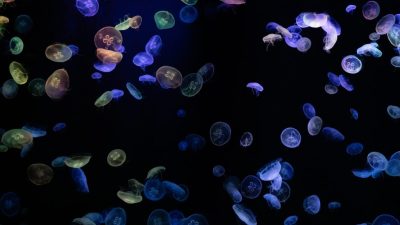


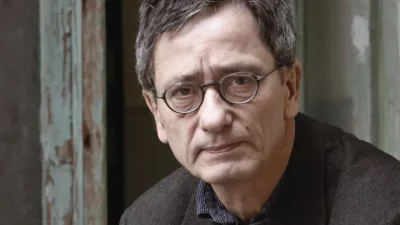



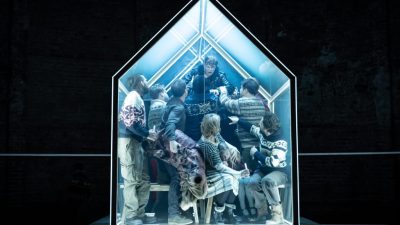






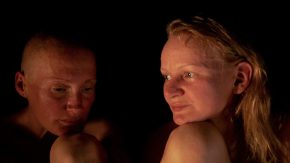
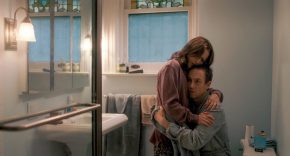

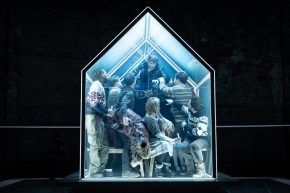
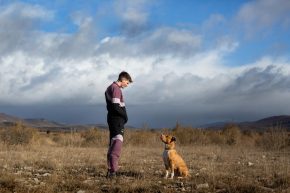

Comments